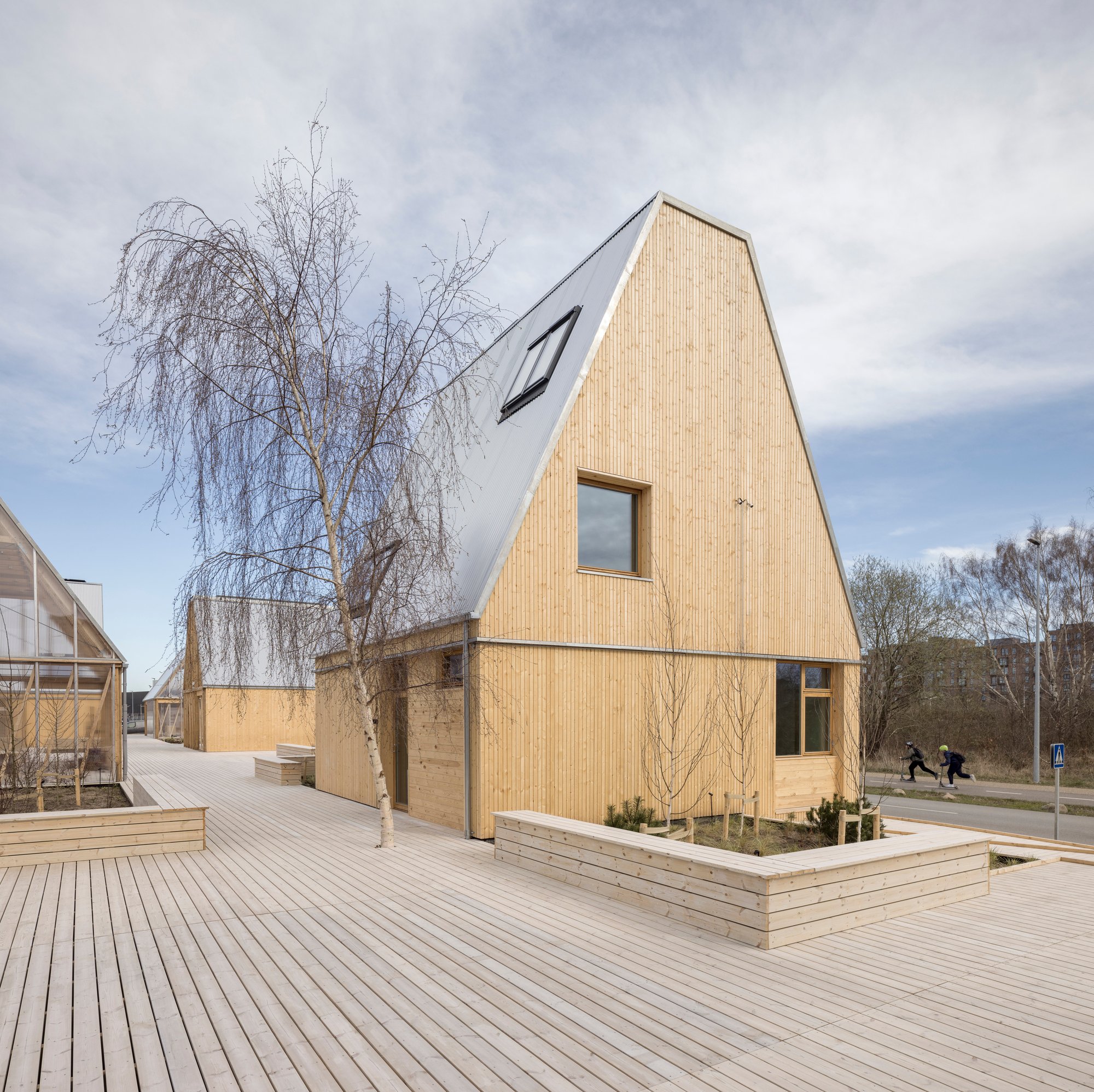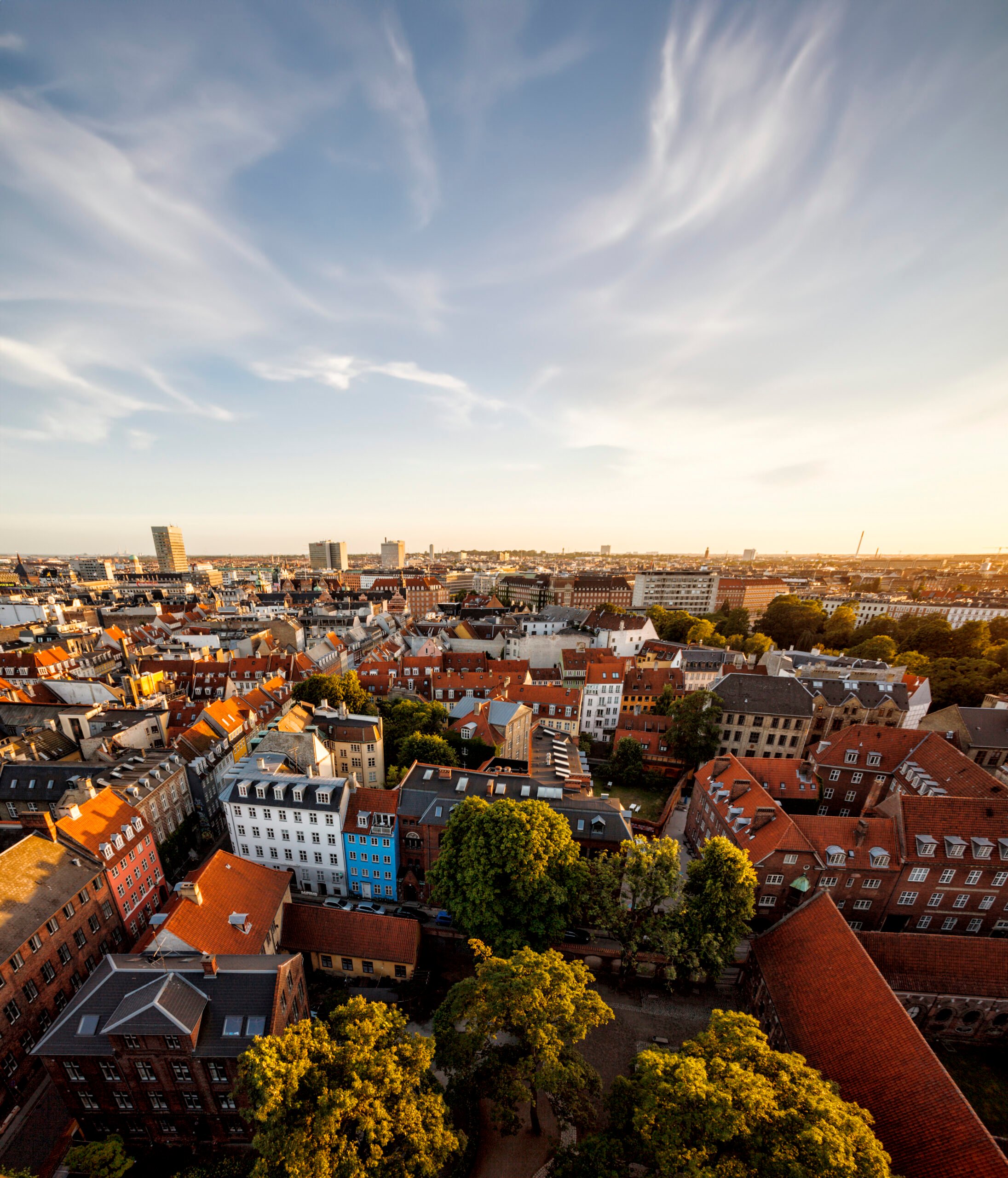News
Air pollution
Air pollution from industry production
Buildings
+11
Sometimes, small changes have the greatest impact: How product design plays an important part in becoming sustainable


Copious organizations worldwide invest heavily in developing and executing green initiatives to become more sustainable. And while large investments may help minimizing the carbon footprint, sometimes, all it takes is thinking outside the box.
This is exactly what WindowMaster did this year, as they discovered that setting ambitious sustainability goals not necessarily requires implementing large changes or launching expensive activities. Together with a key customer, the organization came up with a great idea about a small change. An idea that has drastically improved the company’s carbon footprint related to product manufacture.
Challenging old product design through the lens of sustainability
By reviewing the window motors that the company produces for natural ventilation, three key changes were implemented: The treatment of the outer motor cover, the treatment of the inner motor cover, and the cable length.
Surface treatment of motor cover
Before 2019, the outer motor cover underwent an anodizing process. However, the motor cover is made of aluminum, which turned out to have sufficient corrosion resistance without further treatment. And with the motor being built into the frame and thus invisible to users, the process was deemed expendable. By skipping surface treatment, WindowMaster has been able to bring raw material consumption for the sulfuric acid bath in which the anodizing process is performed to zero. Moreover, they have eliminated water consumption and wastewater treatment for the sulfuric acid bath and reduced energy consumption by 760 kWh per year.
Reducing cable length
Previously a 5,000mm cable was attached to certain open system actuators. A thorough assessment showed that with the product being tailor made for customer’s product application, the length of the motor cable was not in tune with the actual requirement. Reducing the cable to the required length of 1,400 mm has reduced the resource consumption significantly.
For the annual production volume the resource saving amounts to 270 kg of copper and 510 kg of plastic.
No paint on inner motor cover
Historically, powder coating was applied to the aluminum parts of all inner motor covers. However, a review showed that the powder coating process presents no negative impact regarding neither quality nor product lifetime.
By skipping this process, WindowMaster has successfully been able to eliminate the consumption of 360 kg of powder coating material and bring energy consumption for pretreatment, drying processes, curing after powder application, running the line, and support processes from 43,000 kWh to zero.
The CSR report was released on October 24.
[button text="Access the report here" url="https://www.windowmaster.com/about-us/csr/un-global-compact"][/button]
You should consider reading
solutions
Energy efficiency in buildings
+2
Living Places: Building low-carbon and more sustainable buildings
23 June 2023publications
Resource efficient production
+15















